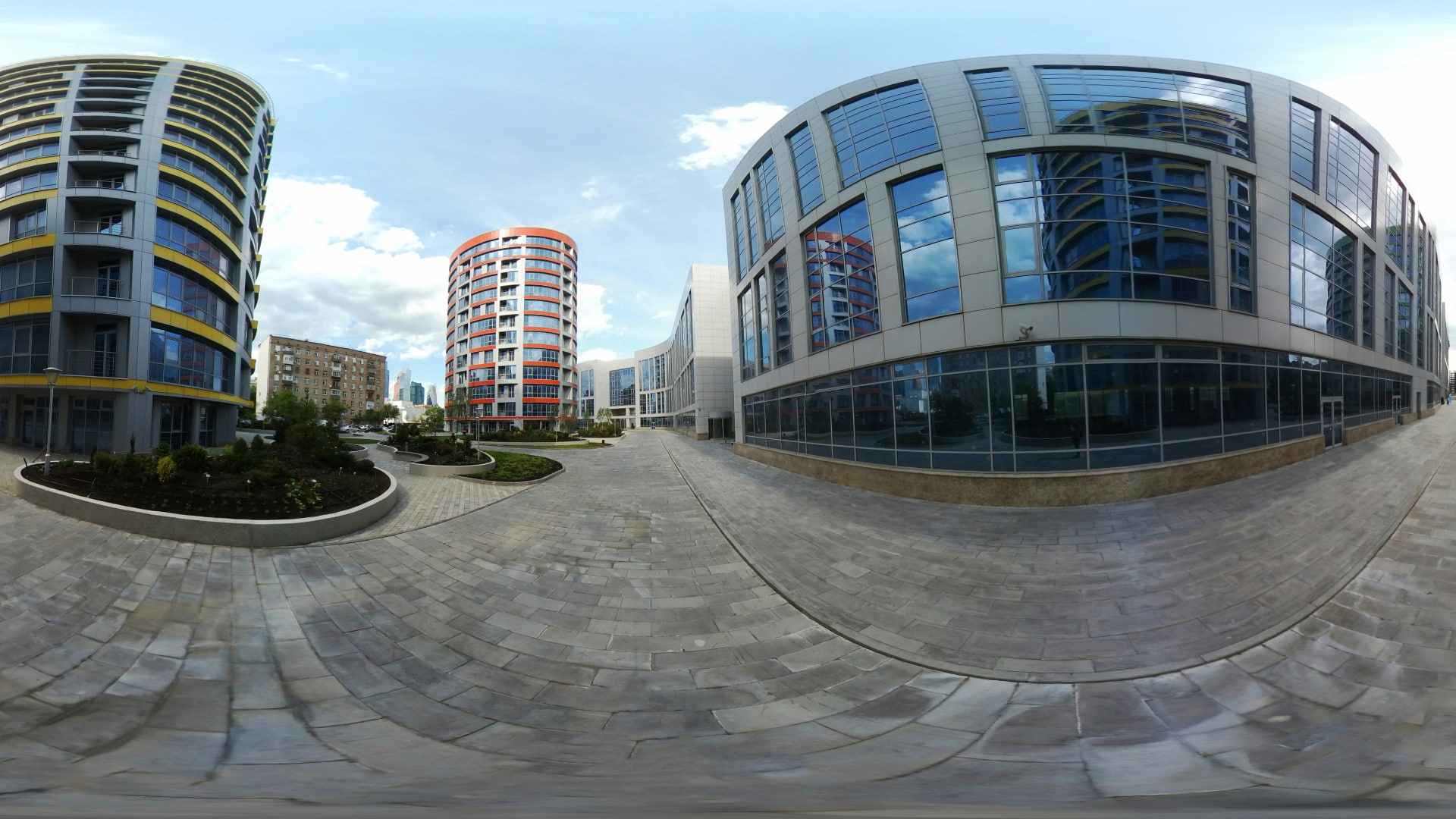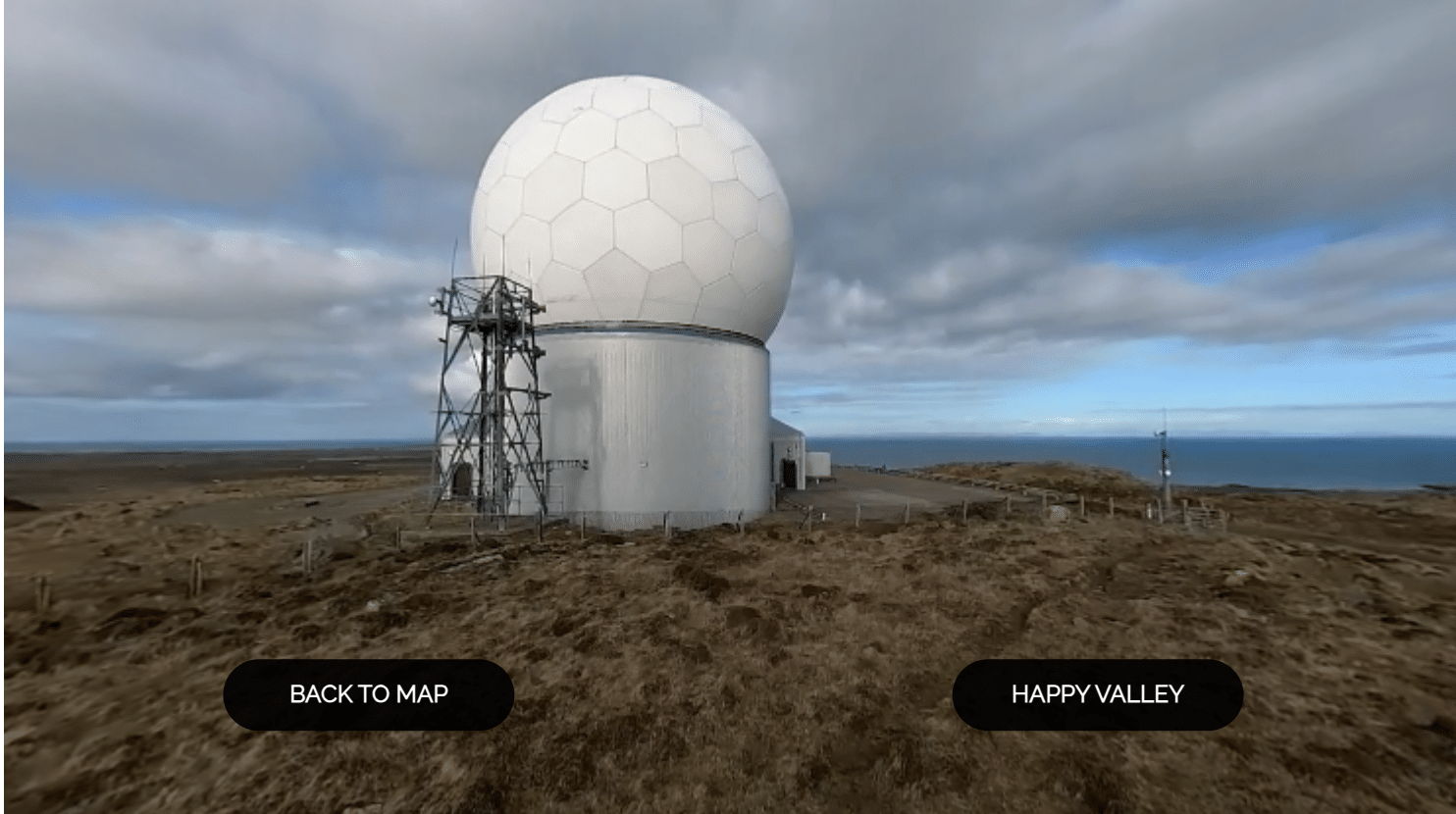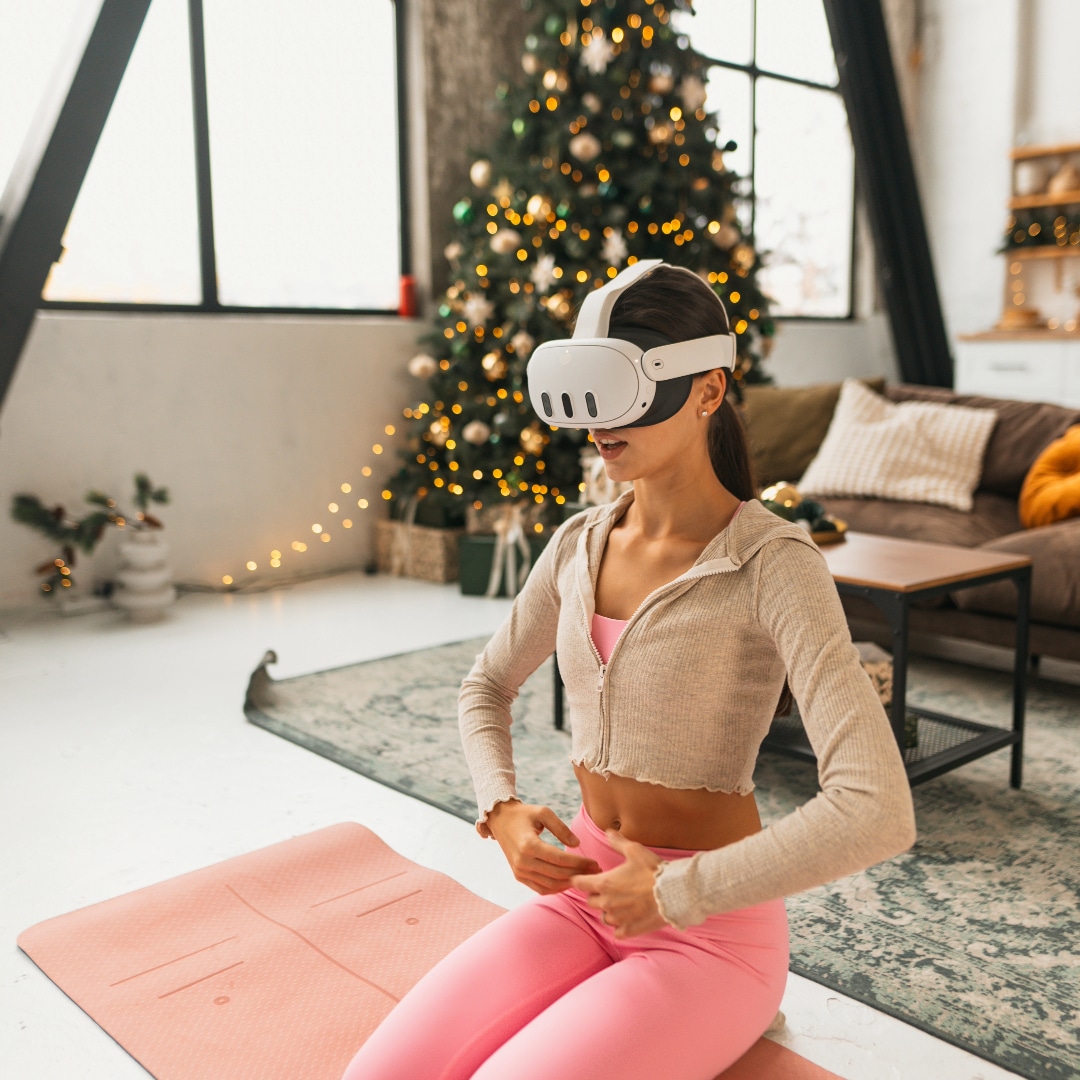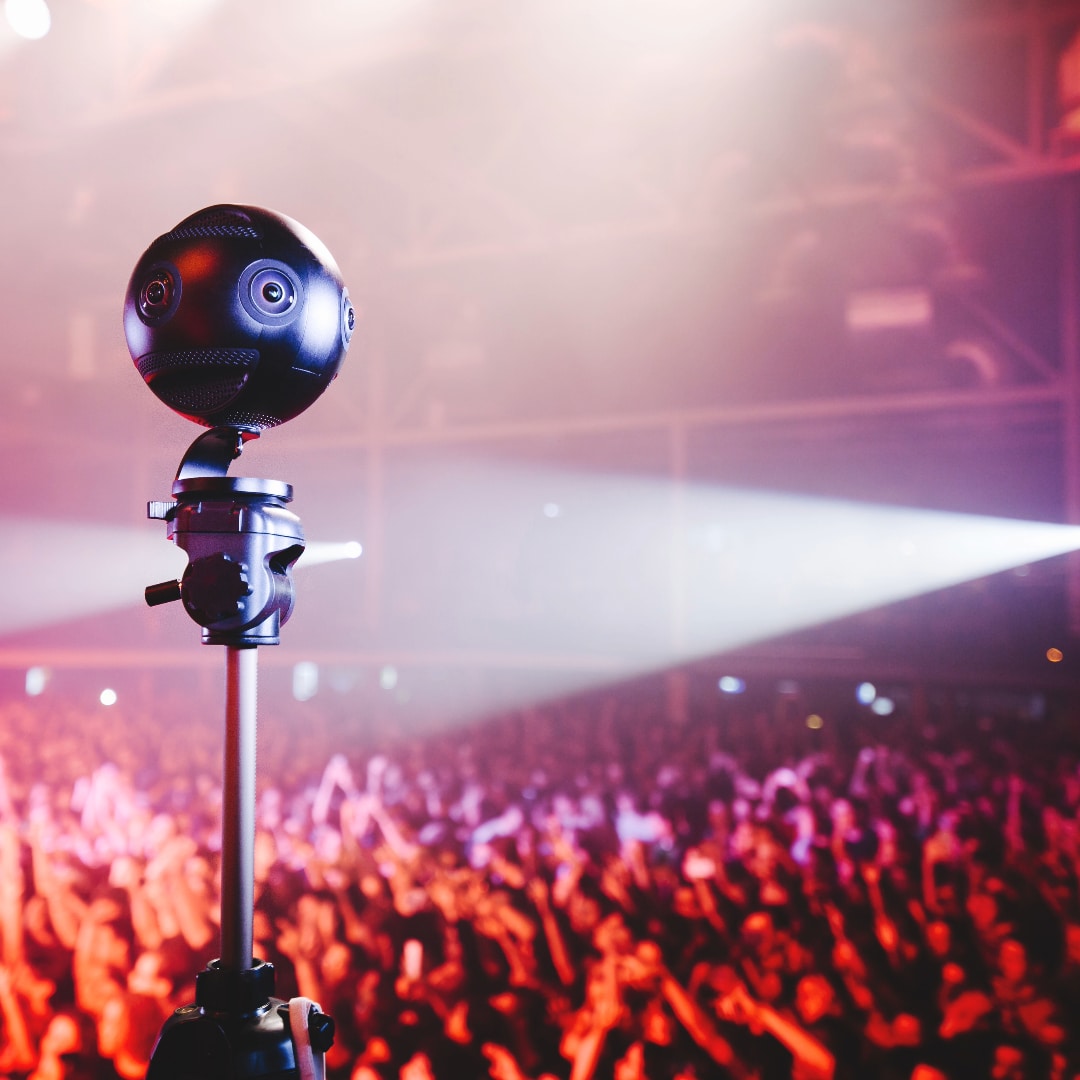Stop those Meta Quest headsets gathering dust - and easily make 360 VR experiences
by Brock Horning | December 2023
If you and your business found 360 VR content creation too challenging and have VR headsets gathering dust in a cupboard – we have some refreshing news for you:
Making great 360 VR has got a whole lot easier
Excited by the potential of 360 video and virtual reality, the first pioneering immersive video makers found that making 360 VR experiences was easier said than done. The workflow was awful, long and expensive, and finding easy-to-use software for creating interactive 360 VR video was next to impossible.
Luckily, that’s all in the past.
Slowly but surely, the use of immersive content has been growing. Deloitte Global predicts the VR market will generate US$7 billion in revenue globally by the end of the year – a 50% increase from 2022.
Many industries are starting to see and harness the benefits of making 360 VR and immersive experiences to enhance their productivity, training and comms.
💡Interlude: What is 360 VR?
Whenever a new technology starts breaking into the mainstream, there’s a whole raft of terminology to get to grips with. So to start, here’s a breakdown of exactly what we mean by these three VR-related terms:
→ 360 video – this is video recorded on a 360 camera and stitched together so that viewers can look around in all directions.
→ 360 VR – this is 360 video experienced through a VR headset such as Meta Quest. The headset will let you look all around you and interact with the video, while usually standing in the same place, and feels incredibly immersive compared to regular video, transporting you to a place.
→ VR (Virtual Reality) – Wearing a VR headset such as a Meta Quest allows the viewer to be surrounded by a world of video or graphics. It often involves building a computer-generated ‘world’ that lets viewers walk around, but with Stornaway can offer 360 degree video experiences.
→ AR (Augmented Reality) – AR enhances your view of the real-world by overlaying graphics and information, accessible through devices like smartphones or AR glasses. The most commonly recognised uses of this have been Pokemon Go and Snapchat filters.
→ MR (Mixed Reality) – you may not have heard this one yet. Mixed reality is like AR – but is more of a mix of AR and VR. Viewed through a headset like the Meta Quest 3 or Apple Vision Pro, MR lets you see the room around you through cameras on the outside of the headset – and overlays videos and graphics onto it in ways that can let you interact with them more than simple AR. Think ‘Minority Report’.
→ XR (Extended Reality) – in the UK, often confused with Extinction Rebellion! This is an industry term to cover all the above: 360, VR, AR, and MR. Like all jargon, it’s confusing to those who don’t know it, but helpful to those who do – letting industry people talk about all these technologies without having to list them all and drown in alphabet soup.
The benefits of making 360 VR experiences
A study by PwC found that trainees learning through VR obtained knowledge four times quicker than classroom learners. Not only that, they were 275% more confident in applying their new skills in the real world. Specialist and enterprise training is just one example of how businesses now use 360 VR to improve their services. Other growing areas unlocking this wealth of creative potential include remote travel and tourism, architecture and property, and cultural venues and events.

From a 360 VR content creation perspective, the barriers and challenges are quickly melting away. As businesses finding success with 360 VR, they are creating better content, addressing issues not currently solved by other devices and encouraging repeat use among their customers. On the other side, software solutions like Stornaway.io’s innovative web-based platform are making content creation quick, easy and enjoyable.
How to start making 360 VR experiences
A few tips to make impactful 360 VR content strategies-
Know your audience
It’s important to have your audience in mind when creating new initiatives or strategies. If the audience is likely to be unfamiliar with 360 VR, creating content to guide them through the experience will help increase adoption. On the other hand, if VR adoption is already high, you can feel more confident about unleashing VR’s full capabilities earlier on.
Create ‘gateway content’
Businesses in industries such as training and events have seen success starting with simpler content. First time VR viewers won’t need fancy interaction and complex features, the immersion itself can be overwhelming enough. Give new viewers a chance to familiarise themselves with the technology before they can fully enjoy the experience.
Make it interactive
Creating smooth transitions with 360 VR or video has been a challenge since the beginning. The best way to move between scenes is to make your 360 VR interactive. Allow viewers to control the journey between scenes and scenarios with eye-catching (or invisible) clickable buttons.

Use the magic of Mixed Reality (MR)
Sorry for springing a new term on you! See the glossary above for more details – but Stornaway uniquely unlocks the huge potential of Mixed Reality to let you overlay videos and graphics over a view of the room around you.
To give an example: In a classroom setting, a learner can wear a headset but still see the room around them via cameras on the outside of the headset. They watch and interact with an interactive video floating in a screen in front of them, while still seeing and hearing the teacher and pupils around them – so they aren’t as cut off as they would be in VR.
Then, at certain points, the experience can let them enter full wrap-around Virtual Reality to transport them to another place – perhaps a historical site, a busy hospital, a construction site – for fully immersive video teaching. And then they can instantly come back to the classroom with floating windows and menus. There are many, many applications for this, hugely extending the potential of VR.
Follow 360 video best practices
Content creators can’t shoot 360 video content with the same approach as traditional 16:9. You don’t use use camera angles and carefully timed cuts between different angles to build attention and atmosphere – and the action needs to be close to the camera. The viewer can see all around themselves at all times, which gives them amazing agency but introduces new things for video makers to learn. Camera placement. lighting and crew need thought and an understanding of what it will feel like for the viewer is needed – which Stornaway’s instant playback and pre-visualisation tools can help with. Take a look at our top tips for making 360 VR and video content.
How Stornaway helps make 360 VR video easy



The good news is that it’s never been easier to create content for 360 VR. All you need is a 360 camera like an Insta360, a VR headset like a Meta Quest and the right software – like Stornaway.io!
And how else can Stornaway help? Let us count the ways…
👉 Add interactivity
As we’ve said above, you can’t use cuts between angles to tell a story. Your viewers are interacting with the video by looking around – and what’s been missing for 360 is the ability to give them the ability to move between video scenes to tell a story, explore a place, teach a course, etc. In Stornaway, you can add clickable buttons between videos to create smooth transitions and allow viewers to control the experience.
Don’t think about hotspots placed around the view like you may have seen with 360 images – think about making it easy for them with simple story based links that always appear in front of them.
👨💻 Remove the need for developers
With Stornaway, there’s no need to hire developers and definitely no requirement to learn to code. With a drag-and-drop interface. Video production teams can go from concept to finished project without technical assistance.
📣 Share with ease
Share on the web in our 360 player. And Stornaway’s amazingly easy Unity plugin means even totally non-technical creators can publish their project as an app, ready to play in a VR headset.
🔀 Combine regular videos with 360 videos
You want to create a project using 360 video and regular HD video? Absolutely no problem! Stornaway’s fabulous player allows viewers to move between different media formats within the same project.
🚀 And for bonus points… Level up with game logic, scores and adaptive video learning
Stornaway’s powerful advanced game logic feature simplifies the creative process of making projects that adapt to what the viewer has seen or done. Scoring, adjusting character relationships or managing inventories are all easily achievable. Next-level immersive learning is just a click away!
⭐️ Time to unlock the value of those VR headsets
After the initial hype of virtual reality faded away, many businesses were left with VR headsets that were a challenge to use. It’s time to dust them off. Making 360 VR experiences is now a pain-free experience that video production teams can complete without assistance. All you need is a 360 camera, a VR headset and Stornaway.io – and you’re away!
Sign up free now → and have a play – or if you’re from an organisation looking to understand how we can help you, let us know more in our contact form → or email our Solutions team → and we’ll get right back to you.

